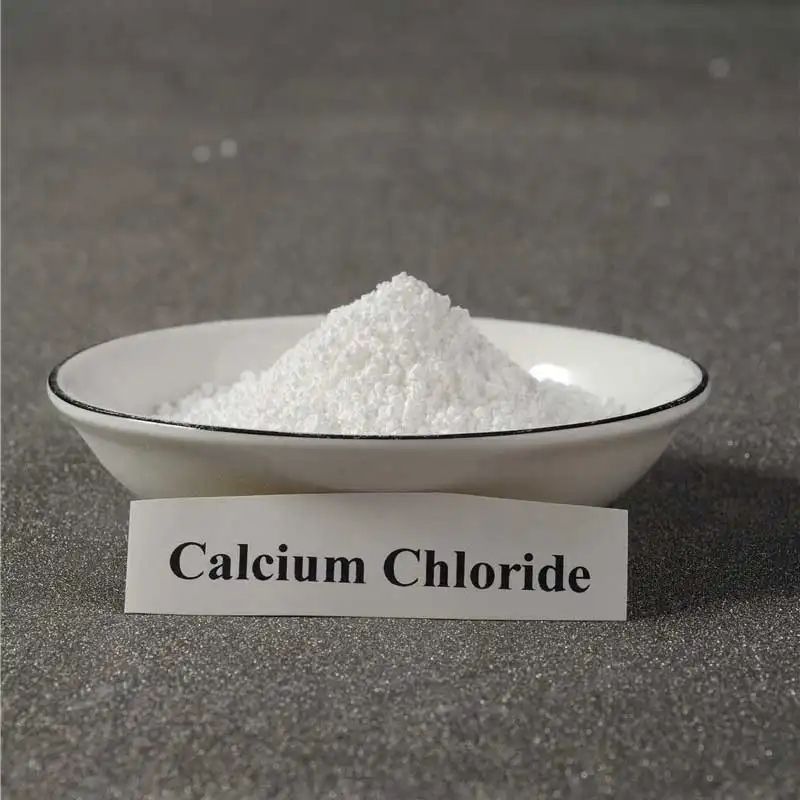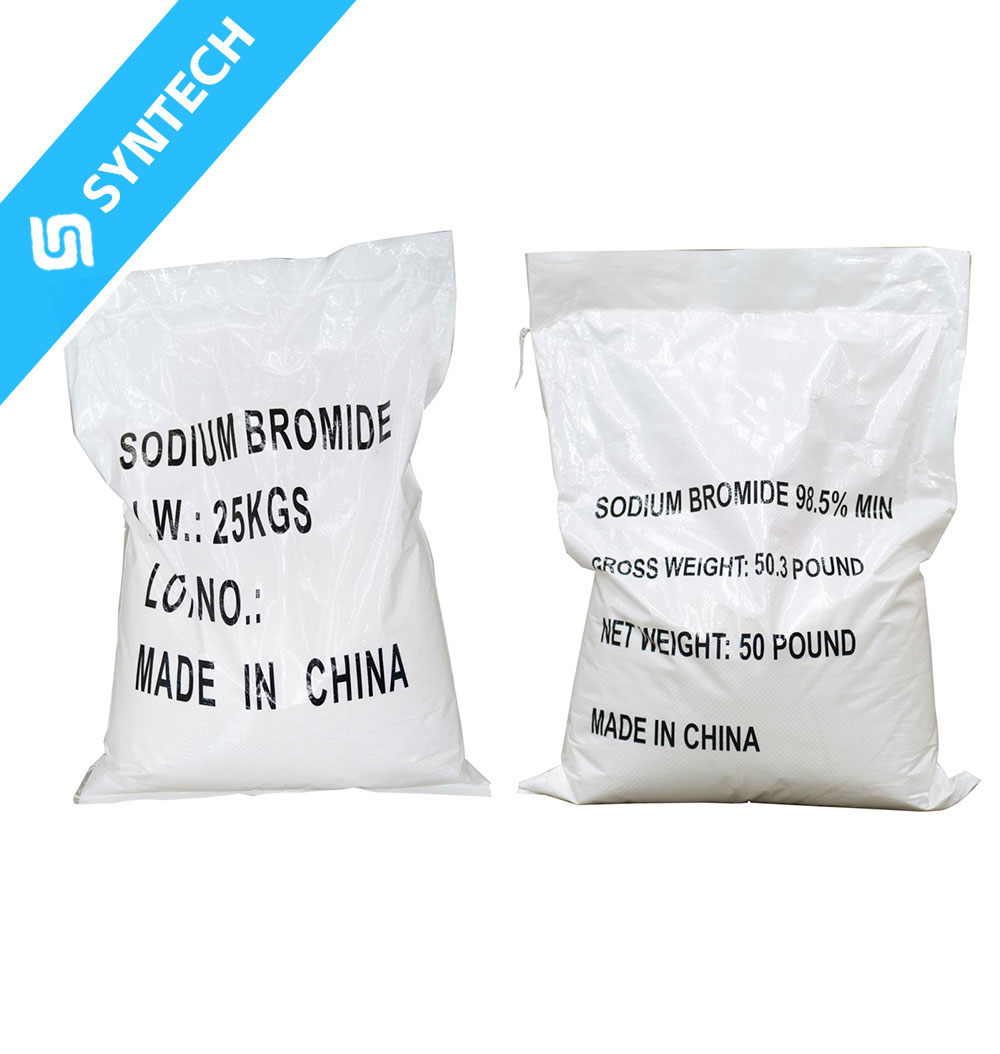1. Medical Application: Sedative
Application:
In the past, calcium bromide was used as a sedative and anticonvulsant, primarily for treating conditions like epilepsy and hysterical neuroses. It was often administered as part of a “bromide therapy.”
Properties Utilized:
This application is based solely on the pharmacological effect of the bromide ion (Br⁻) on the central nervous system.
- Mechanism of Action: Bromide ions exert a depressant effect on the central nervous system. They are believed to replace chloride ions (Cl⁻) in the neuronal membrane, which hyperpolarizes the neurons and makes them less excitable. This leads to a general calming, sedative, and anticonvulsant effect.
- Role of Calcium: The calcium ion (Ca²⁺) was historically thought to contribute its own sedative properties, creating a synergistic effect. However, the primary active agent is the bromide ion.
Important Note: This medical use is now largely obsolete. Bromide therapy was phased out in the mid-20th century due to the slow onset of action, the narrow therapeutic window, and the risk of bromism—a condition of chronic bromide toxicity characterized by neurological symptoms (drowsiness, confusion, memory loss) and skin rashes.
2. Refrigeration Application: Absorbent
Application:
Calcium bromide is used as a key component in absorption refrigeration systems.
Properties Utilized:
This industrial application leverages the strong physical affinity of calcium bromide for water.
- High Hygroscopicity and Deliquescence: Calcium bromide is extremely hygroscopic, meaning it readily absorbs moisture from the atmosphere. It is so hygroscopic that it is deliquescent, absorbing enough water to dissolve itself and form a liquid solution.
- Function in the Cycle: In an absorption chiller, a concentrated solution of calcium bromide acts as the absorbent. It has a very strong attraction for the refrigerant, which is typically water vapor. The cycle works as follows:
- Water (the refrigerant) evaporates in an evaporator at low pressure, absorbing heat and producing a cooling effect.
- The resulting water vapor is drawn into and absorbed by the strong calcium bromide solution. This exothermic absorption process creates a dilute solution.
- This dilute solution is then pumped to a generator, where heat is applied to “boil off” the water vapor from the solution, reconcentrating the calcium bromide.
- The water vapor is condensed back into a liquid, and the strong calcium bromide solution is returned to the absorber to repeat the cycle.
Summary Table
| Field | Application | Key Properties Utilized |
|---|---|---|
| Medicine | Sedative and Anticonvulsant | Pharmacological effect of the Bromide Ion (Br⁻): Depresses the central nervous system by interfering with neuronal chloride channels. |
| Refrigeration | Absorbent in Absorption Chillers | Extreme Hygroscopicity/Deliquescence: The powerful physical attraction to and ability to absorb water vapor, which is the core of the absorption refrigeration cycle. |
In essence, calcium bromide’s utility stems from two very different properties: the biological activity of its anion in medicine and the intense physical affinity for water of the entire salt in industrial refrigeration.






